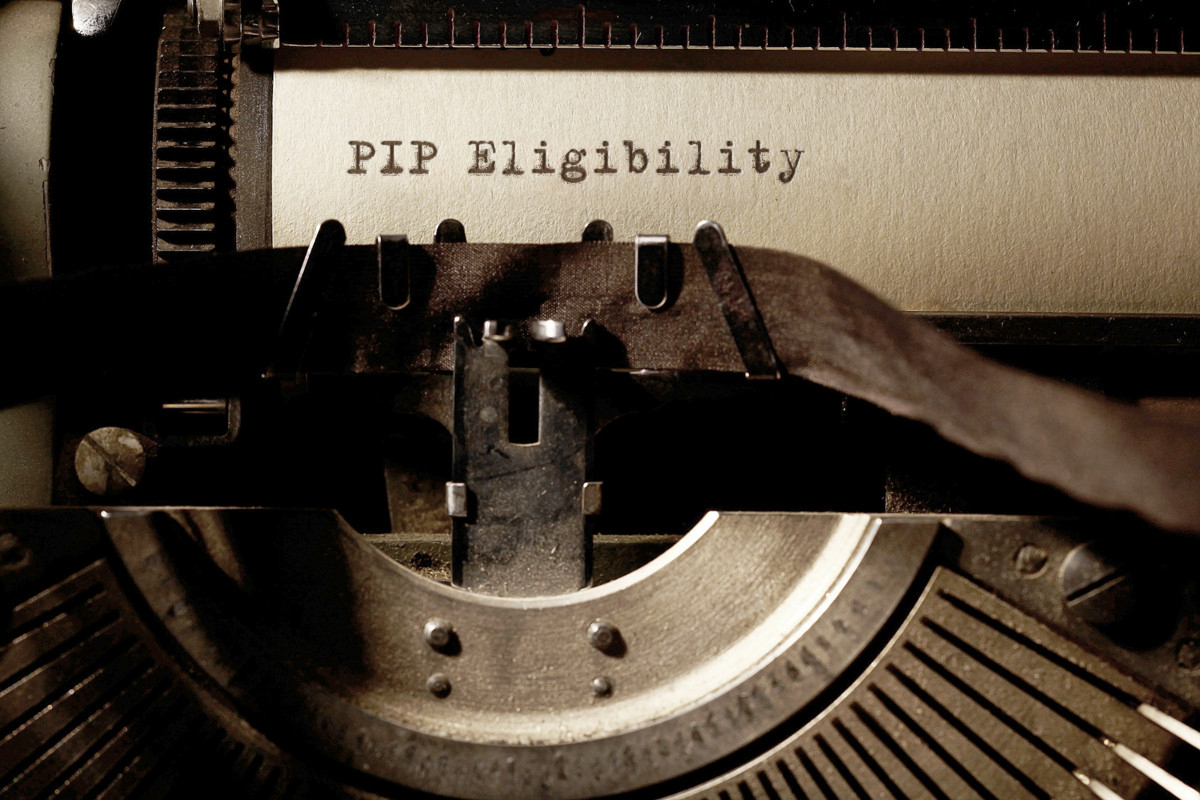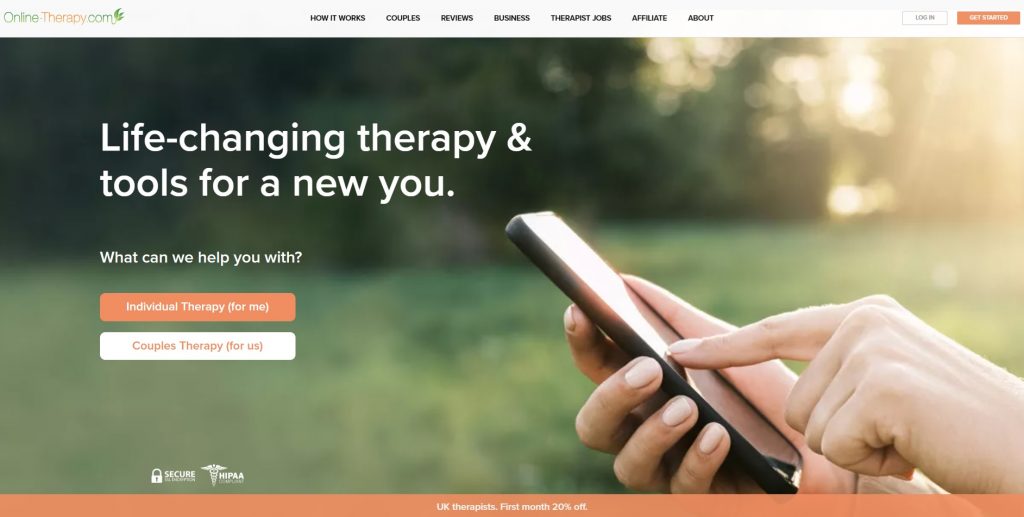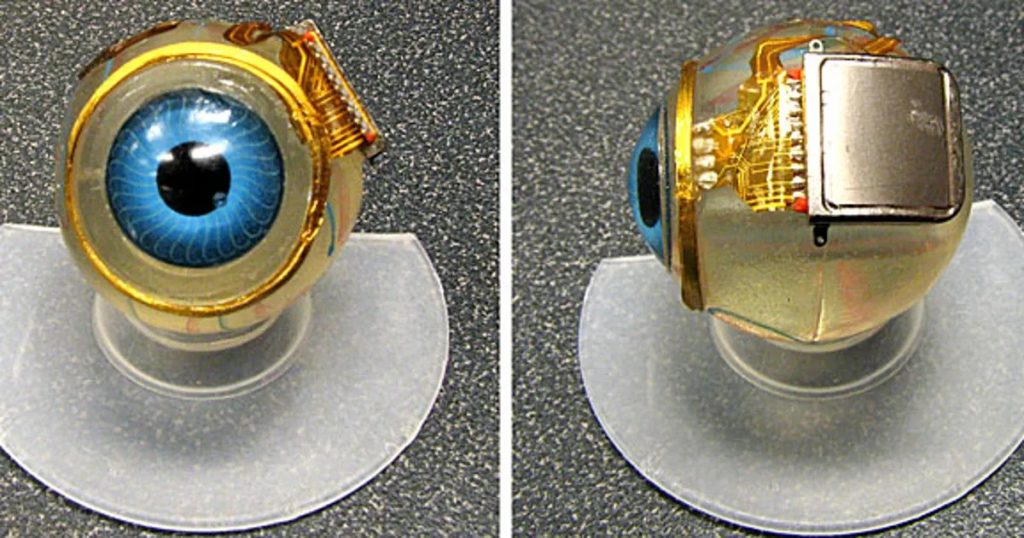
DWP Launches £437 Monthly Payment Scheme for Those with Certain Eye Conditions
The Department for Work and Pensions (DWP) has announced an initiative that will significantly benefit individuals suffering from specific eye conditions. This new policy ensures a monthly payment of £437 to those diagnosed with qualifying eye problems, providing much-needed financial support to help them manage their daily lives and medical needs.
To qualify for the higher rate of Personal Independence Payment (PIP) if you have an illness or disability, you must provide a comprehensive medical history, concrete medical evidence, and a detailed letter from your doctor outlining how your condition impacts your daily life. The more thorough and specific the information you present about your disorder, the more challenging it will be for the DWP/PIP to dispute your claim.
Individuals with eyesight impairments may use more energy, such as electricity, gas, and water, compared to able-bodied persons due to the additional resources required to navigate and manage their daily activities. They often need brighter and more consistent lighting throughout their home to ensure safety and improve visibility, leading to higher electricity consumption. Additionally, they may rely on assistive technologies and devices that consume power. Tasks that require careful attention and time, such as cooking or cleaning, might take longer, resulting in increased use of gas and water. These additional needs collectively contribute to higher energy usage, emphasizing the importance of tailored support for those with visual impairments.
Comprehensive List of Qualifying Eyesight Disorders for PIP
To be eligible for this benefit, individuals must have one of the following common eye conditions:
- Age-Related Macular Degeneration (AMD):
- AMD is a prevalent condition among older adults, causing a loss of central vision, which is crucial for activities such as reading and recognizing faces. There are two types of AMD: dry and wet. Both types can significantly impact a person’s quality of life.
- Cataracts:
- Cataracts are characterized by clouding of the eye’s lens, leading to blurred vision and, if untreated, eventual blindness. This condition is particularly common in older adults and can be managed with surgery. However, the costs associated with treatment can be burdensome.
- Glaucoma:
- Glaucoma is a group of eye conditions that damage the optic nerve, essential for good vision. This damage is often caused by abnormally high pressure in the eye. Glaucoma is a leading cause of blindness for people over 60 years old.
- Diabetic Retinopathy:
- Diabetic retinopathy is a complication of diabetes that affects the eyes. It’s caused by damage to the blood vessels of the light-sensitive tissue at the back of the eye (retina). Early detection and treatment are crucial to prevent severe vision loss.
- Retinal Detachment:
- This serious condition occurs when the retina pulls away from its normal position. Retinal detachment separates the retinal cells from the layer of blood vessels that provides oxygen and nourishment. If left untreated, it can cause permanent vision loss.
- Retinitis Pigmentosa:
- A genetic disorder causing the breakdown of the retina, leading to night blindness and peripheral vision loss.
- Keratoconus:
- The cornea thins and bulges outward, distorting vision.
- Optic Neuritis:
- Inflammation of the optic nerve, causing vision loss and pain.
- Uveitis:
- Inflammation of the uvea, leading to eye redness, pain, and vision problems.
- Corneal Dystrophy:
- Genetic conditions affecting the cornea, leading to vision impairment.
- Amblyopia (Lazy Eye):
- Reduced vision in one eye due to abnormal visual development.
- Strabismus (Crossed Eyes):
- Misalignment of the eyes, affecting binocular vision.
- Albinism:
- Genetic condition reducing pigmentation in the eyes, leading to vision problems.
- Stargardt Disease:
- A form of macular degeneration in young people, leading to vision loss.
- Leber Congenital Amaurosis:
- A genetic disorder causing severe vision loss or blindness at birth.
- Bardet-Biedl Syndrome:
- A genetic condition causing rod-cone dystrophy, leading to vision loss.
- Cone-Rod Dystrophy:
- Progressive loss of cone and rod photoreceptors, affecting color and night vision.
- Choroideremia:
- Genetic disorder causing progressive vision loss due to choroid and retina degeneration.
- Best Disease:
- Inherited form of macular degeneration affecting central vision.
- Usher Syndrome:
- A genetic condition causing both hearing and vision loss, due to retinitis pigmentosa.
- Aniridia:
- Absence of the iris, leading to vision problems and light sensitivity.
- Coloboma:
- Missing pieces of tissue in structures that form the eye, affecting vision.
- Retinopathy of Prematurity (ROP):
- Abnormal blood vessel growth in the retina of premature infants, potentially leading to blindness.
- Hemianopia:
- Loss of half the field of vision in one or both eyes, often due to brain injury.
- Ocular Albinism:
- A form of albinism affecting only the eyes, causing vision impairment.
- Achromatopsia:
- Complete color blindness and light sensitivity due to cone cell dysfunction.
- Myopic Degeneration:
- Progressive vision loss associated with severe myopia (nearsightedness).
- Crystalline Retinopathy:
- Accumulation of crystalline deposits in the retina, affecting vision.
- Vitreoretinal Degeneration:
- Degenerative changes in the vitreous and retina, leading to vision loss.
- X-Linked Juvenile Retinoschisis:
Application Process
To receive the £437 monthly payment, individuals must go through a detailed application process, which includes:
- Medical Assessment:
- Applicants must provide medical evidence of their condition. This may involve a thorough examination by an ophthalmologist or other eye care professional to confirm the diagnosis and the severity of the condition.
- Personal Independence Payment (PIP) Form:
- Eligible individuals need to complete the Personal Independence Payment (PIP) form, which assesses how the condition affects their daily living and mobility. This form is crucial for the DWP to determine the level of financial support needed.
- Face-to-Face Consultation:
- In some cases, applicants may be required to attend a face-to-face consultation. This allows the DWP to better understand the individual’s specific needs and challenges.
Impact on Individuals
The monthly payment of £437 aims to alleviate the financial burden associated with managing chronic eye conditions. These funds can be used for various purposes, including:
- Medical Treatments:
- Covering the costs of medications, surgeries, and regular check-ups that are often necessary to manage eye conditions effectively. (Opticians and glasses are not cheap especially if you have regular checkups and your eyesight changes).
- Assistive Devices:
- Purchasing devices such as glasses, magnifiers, or even more advanced technologies like screen readers and braille displays that can aid in daily living.
- Personal Care:
- Hiring personal care assistants to help with daily tasks that may be challenging due to impaired vision.
- Mobility Aids:
- Investing in mobility aids such as canes, guide dogs, or modifications to vehicles and homes to ensure safety and independence.
Conclusion
The DWP’s initiative to provide £437 a month to individuals with certain eye conditions is a significant step towards supporting those with visual impairments. By recognizing the impact of these common eye problems and offering financial assistance, the DWP is helping individuals maintain a better quality of life and manage their conditions more effectively. This program not only addresses the medical needs but also supports the independence and well-being of those affected.
You must be prepared for the possibility that your PIP claim may be stopped following an assessment. Do not be discouraged by this, as nearly all PIP claims are halted after the initial assessment. Make sure you get a private letter from the doctor, outlining your health and how it affects you on a daily basis. To ensure your claim is thoroughly investigated during a mandatory reconsideration, and potentially a tribunal, you must prepare for changes in your financial circumstances. Create a monthly expenses planner to manage your budget effectively and write to your utility companies to request a grace period (this has been tried and tested), explaining that your PIP has been stopped and you are in the process of appealing the decision.
Further Reading (Much of the content available on the internet consists of regurgitated news, lacking original insights or substantial depth):
- DWP to pay £437 a month to anyone with one of these common eye problems (yahoo.com)
- People with one of these 52 eye conditions could get £407 each month from DWP – Mirror Online
- Top 10 health conditions offering pensioners a £407 monthly cash boost from DWP | Personal Finance | Finance | Express.co.uk
- DWP £434 cash boost due in days if you have these 57 common health conditions | Personal Finance | Finance | Express.co.uk
Our Comprehensive Articles Which Are A Must Read:
(Remember to get a private letter from your doctor, stating how your disorder affects you on a daily basis. List all the things you can and can’t do and explain how you go about doing things in your life, then give this information to the doctor and ask them to write about it on the basis of what you have told them.
- https://disabledentrepreneur.uk/comprehensive-guide-for-pip-eligibility/ (A Must Read)
- https://disabledentrepreneur.uk/guide-to-claiming-pip-for-depression-and-anxiety/ (A Must Read)
- https://disabledentrepreneur.uk/?s=personal+independence+payments (A Must Read)
- https://disabledentrepreneur.uk/?s=pip (A Must Read)


















